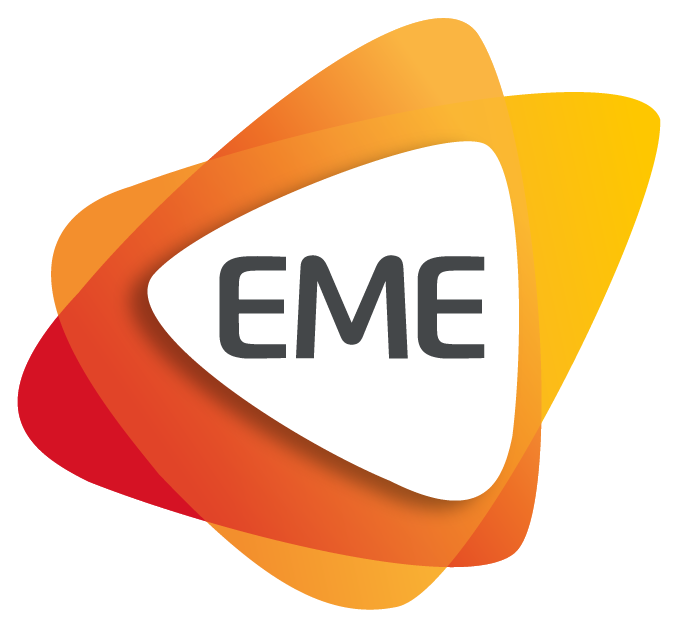
[astra_breadcrumb]
Best practices
Structured introduction and evaluation of working skills
#method #mentor #internship #skillsrecognition
The good practice in a nutshell
Structured introduction and evaluation of work skills is a method to introduce new work tasks for a trainee in elderly care and to evaluate his or her learning during the internship. This is a method/tool within the ‘learning a profession and work language simultaneously in an internship’ method.
During the internship, each work task the trainee needs to learn for being able to work as a substitute assistant nurse is split into topics – for example, hygiene, the food situation, morning/night help, etc. Each week, the mentor introduces these work tasks, in a certain order. At the same time, the trainee learns the work language related to that particular work task in Swedish.
During the internship, the work skills are evaluated also by the labour-market consultant, for measuring learning progress and how much the trainee still has to learn before (s)he can be employed. A documentation form with all the work tasks is used in making this evaluation. The trainee gets a certificate for the skills learned.
Developer or user
Municipality of Piteå, Sweden.
Target group
Job-seeking migrants / trainees / newly employed people and their mentors (the method can also be used in working with unemployed / newly recruited persons with disabilities and the longer-term unemployed)
Why it is needed
Both the mentor and the trainee need some guidelines for introduction to work. For the mentor, it’s good to have a list of things one has to introduce to the trainee. For the trainee, it’s good to know all the things that must be learnt and at the same time focus on one task each day/week. The list also simplifies evaluating the learning of the skills. It is important that the trainee does not have to learn everything at once when the internship starts. Therefore, the learning needs to be facilitated by structuring the work tasks, starting with the most important tasks.
Regularly evaluating the skills learned makes those skills valorised and visible. This evaluation also is a good tool for employers hiring people, in that they know the applicant has the right work skills. The table of work tasks and the documentation form covering the skills learned is a quality check for the trainee, the mentor, and the employer alike. It ensures that the internship has led to skills good enough for employment.
Resources
The good practice requires:
- staff from the organiser: the mentor
- workplaces with which the internship is organised
- staff to evaluate the work skills
Toolkit
- Table of work tasks
- Form for documentation of the skills learned
- Certificate for the skills learned
Expected outcomes
- The method facilitates the trainee’s learning process, and stress is reduced when not everything needs to be learned at once.
- It gives a more structured introduction to the profession.
- It facilitates the evaluation process.
- It makes progress in learning the skills more visible.
- The mentors are able to see the progress in the trainees’ skills and can adjust the internship to this.
- The certificate can be used in applying for a job.
‘Do’s and ‘don’t’s
- Start with the most important work tasks.
- Don’t introduce everything at once.
- Don’t make the evaluation personal – always talk about the skills in terms of what is needed in the profession.
Applicability
This method can be used in all workplaces. You just have to make a list of which work tasks the trainee has to learn to be able to work in the relevant workplace.
Quotes from the other project partners
‘It is important that all the actors are involved, the employer, the mentor, and the client. Working for the same aim.’ (Silta-Valmennusyhdistys, Finland)
‘There is potential for empowerment; the advancement becomes visible.’ (Silta‑Valmennusyhdistys, Finland)
Additional information
- How does it work? (pdf)
